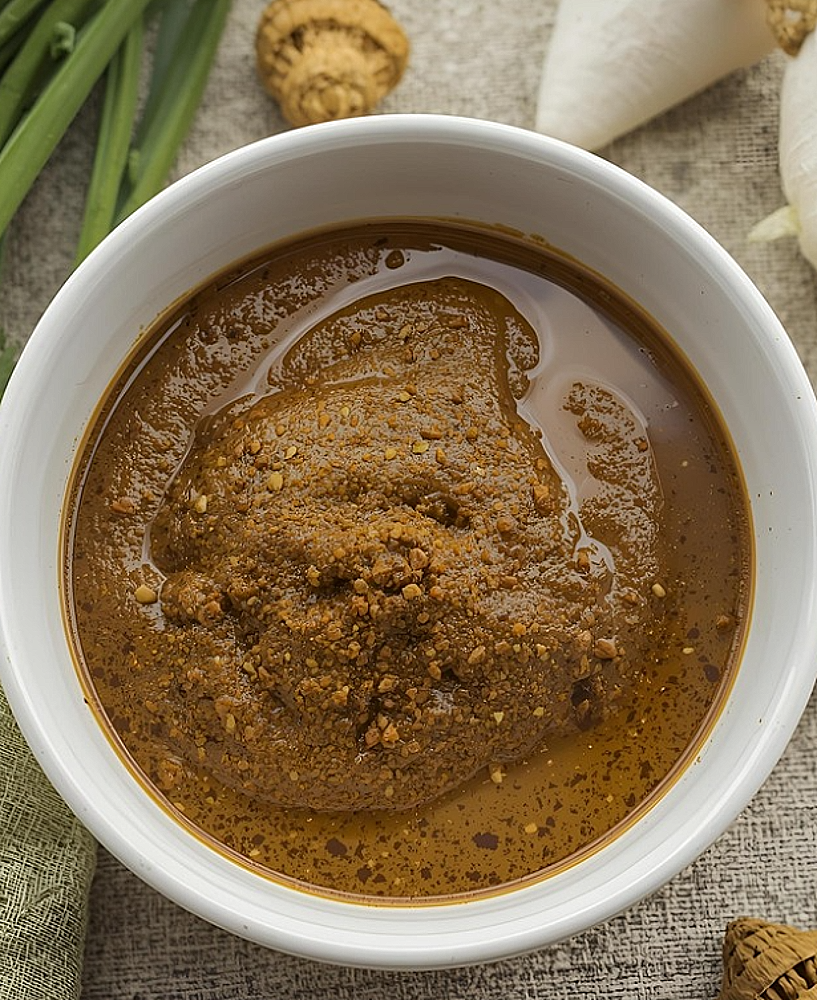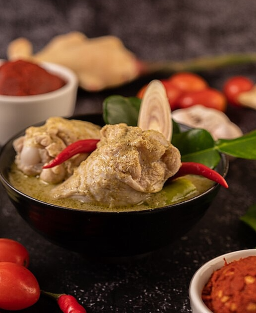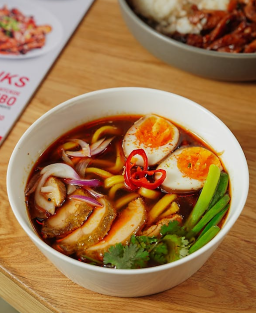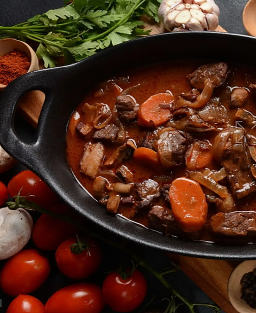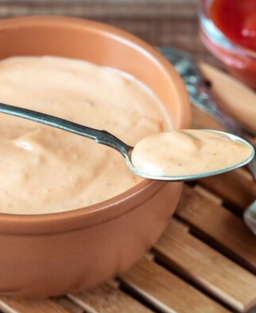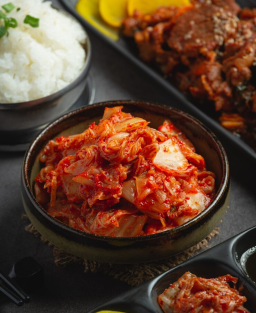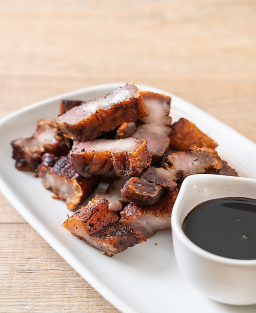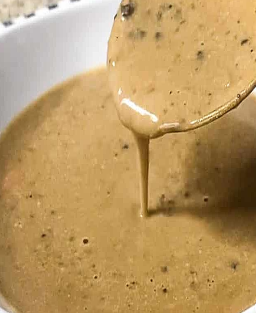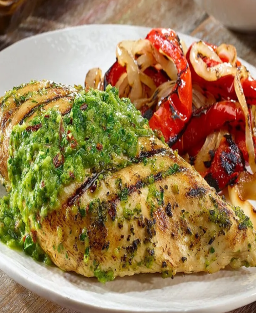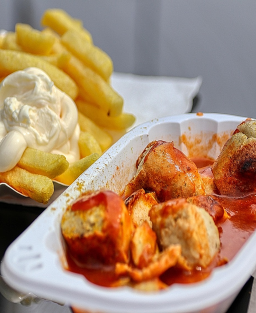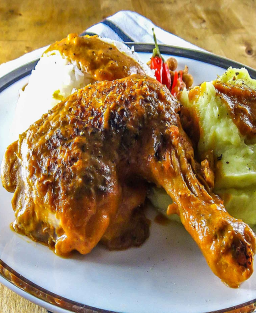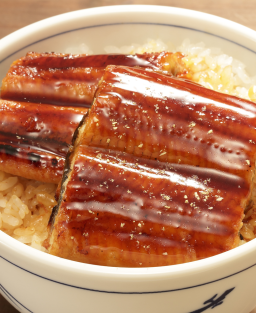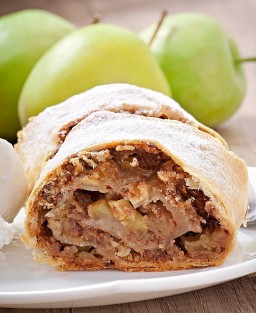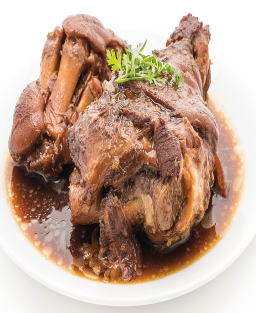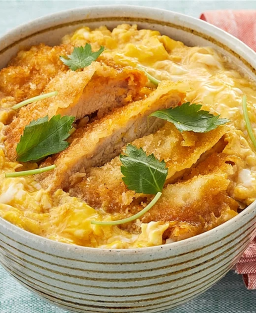- Out-of-Stock
Bumbu Recipe: Traditional Indonesian Spice Paste for Aromatic Dishes
Bumbu Recipe: Traditional Indonesian Spice Paste for Aromatic Dishes
Discover the traditional Bumbu recipe to flavor your Indonesian curries, rendangs, and stir-fried dishes.
Necessary Utensils
-
Blender or mortar and pestle
-
Heat-resistant spatula
-
Thick-bottomed pan or wok
-
Paring knife or chef’s knife
-
Cutting board
-
Airtight container for storage
Country / Region
-
Country: Indonesia
-
Region: Entire archipelago (Java, Sumatra, Bali, etc.)
-
Official status: None
-
Recipe inventor: Oral tradition
Suggested Guidelines
-
Use only fresh ingredients (shallots, galangal, ginger, lemongrass, chili peppers, candle nuts)
-
Smooth paste texture after blending
-
Pre-cook in light oil without burning
-
Airtight packaging, protected from moisture
Recipe Evolution
Over time, some local variants have added shrimp paste (terasi), coconut milk, or tomato to enrich the flavor or adjust the color. Commercial ready-to-use versions often include preservatives and neutral oils.
Iconic Chefs and Contributions
-
Chef William Wongso: global promotion of Indonesian cuisine, modern spice adaptations
-
Chef Sisca Soewitomo: teaching traditional recipes to younger generations
-
Chef Martin Reith (Indonesia): gourmet reinterpretations with contemporary techniques
History
The concept of bumbu (a Javanese word meaning “spice” or “seasoning”) dates back to the era of the Javanese kingdoms, where spice pastes were used for royal court dishes. Through trade (with India, China, the Middle East), bumbu incorporated spices like turmeric, chili, and galangal. The original recipe was made by hand; today, industrial and home versions exist.
Local ingredients were added depending on the islands (e.g., galangal “laos” in Sumatra, chili “lombok” in Java) to adapt the paste to regional tastes.
Famous Revisited Recipes
-
Rendang Bumbu (Rendang Padang): richly spiced, slow-cooked
-
Bumbu Bali: milder, often sweet and salty
-
Bumbu Manis of Java: contains more palm sugar
Legend or Anecdote
It is said that in the Javanese royal courts, each palace chef had a secret bumbu recipe, passed exclusively among court cooks and kept locked away to preserve the kingdom’s culinary identity.
Recipe Description
Bumbu is a spice paste used as an aromatic cooking base. It’s used early in cooking to extract flavors or incorporated into sauces, stews, soups, or rice dishes. Its smooth texture, rich aroma, and versatility are key: it must be well-seasoned, without chunks, and ready to serve as a flavor base in almost all Indonesian cooking.
Ingredients
| Ingredient | Quantity | Approximate Weight (g) |
|---|---|---|
| Small shallots | 6 pieces | ≈ 120 g |
| Garlic cloves | 4 cloves | ≈ 20 g |
| Fresh ginger | 2 cm | ≈ 10 g |
| Galangal | 2 cm | ≈ 10 g |
| Lemongrass (tender part) | 2 stalks | ≈ 15 g |
| Candle nuts (or macadamia) | 3 pieces | ≈ 15 g |
| Fresh red chili (optional) | 1–2 pieces | ≈ 10 g |
| Shrimp paste (terasi) | 1 tsp | ≈ 5 g |
| Fresh grated turmeric | 1 tsp | ≈ 5 g |
| Vegetable oil | 1 tbsp | ≈ 10 g |
| Salt | ½ tsp | ≈ 2 g |
Some ingredients may vary by island (e.g., galangal substituted with ginger, or hotter/ milder chilis).
Detailed Method / Professional Technique
Estimated times:
-
Preparation: 10–15 minutes
-
Cooking (sautéing the paste): 5–10 minutes
-
Total time: approx. 20–25 minutes
Steps
-
Peeling and prepping:
-
Shallots: peel, wash, and thinly slice.
-
Garlic: roughly chop.
-
Ginger & galangal: peel and thinly slice.
-
Lemongrass: remove tough leaves, chop tender parts into pieces.
-
Chili peppers: remove seeds if less heat is desired, chop.
-
Candle nuts: lightly toast in a dry pan to release oils.
-
-
Mixing and grinding:
-
Place all aromatics in blender or mortar.
-
Add oil to ease grinding.
-
Blend or pound until a smooth paste forms with no visible chunks.
-
-
Aromatic cooking:
-
Heat pan over medium heat.
-
Add a splash of oil if needed.
-
Add paste and sauté constantly stirring to avoid burning.
-
Cook 5 to 10 minutes until fragrant, water evaporates, and paste darkens slightly (without burning).
-
-
Cooling & storage:
-
Let cool to room temperature.
-
Transfer to airtight container (glass jar).
-
Store in refrigerator and consume within 7 to 10 days, or freeze in portions.
-
Safety Guidelines
-
Ensure knives are sharp and sterilized.
-
Maintain gentle cooking to avoid toxic compounds (e.g., acrylamide).
-
Use fresh, well-washed ingredients.
-
Respect cooking times for microbiological safety.
Nutrition Facts (per ~30 g portion)
-
Energy: ≈ 90 kcal
-
Fat: 6 g
-
Carbohydrates: 6 g
-
Protein: 2 g
-
Fiber: 2 g
Potential Allergens
Crustaceans (shrimp paste).
Possible Adaptations
-
Gluten-free: naturally gluten-free recipe
-
Vegetarian: omit shrimp paste or replace with salty vegetable paste
Versions / Regional Variants
-
Bumbu Merah (Red): emphasis on chili, sometimes tomato or paprika for color.
-
Bumbu Kuning (Yellow): more turmeric, less chili, sometimes coriander powder.
-
Bumbu Bali: milder, sometimes sweetened with palm sugar, less chili.
-
Bumbu Rendang: enriched with cinnamon, cloves, star anise, grated coconut milk.
Tips & Tricks
-
Don’t overload the blender: process in small batches for smoother paste.
-
If paste is too dry, add a little oil or warm water gradually.
-
Control heat during cooking: avoid burning, paste should only darken slightly.
-
To extend shelf life, sterilize jars or add a thin layer of oil on top to seal from air.
Serving Suggestions
Bumbu is used as an aromatic base right from the start of cooking, in curries, stews, stir-fries, or as a marinade.
Typical accompaniments: plain white rice (nasi), sautéed vegetables, grilled meats, or coconut milk in saucy dishes.











